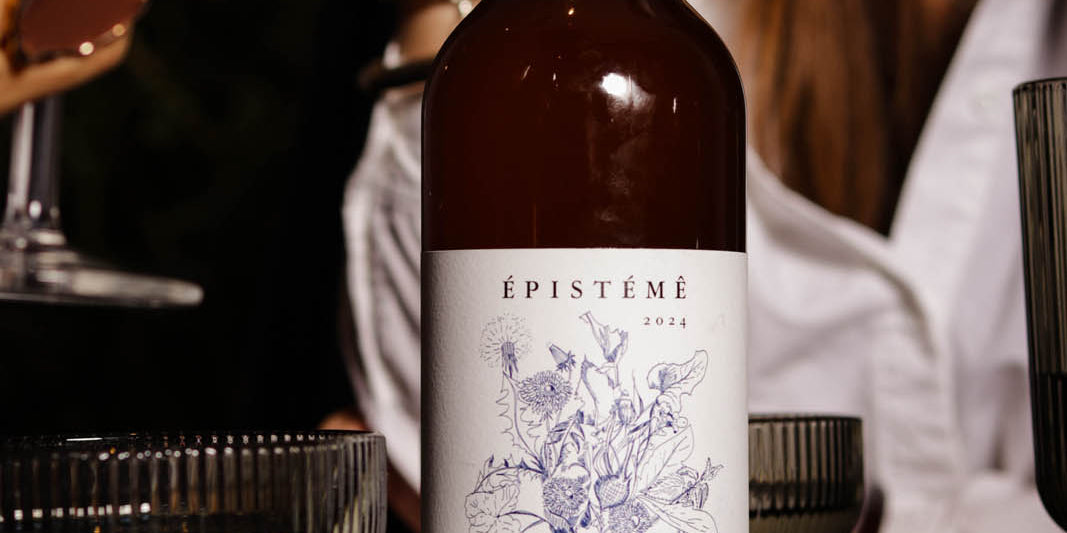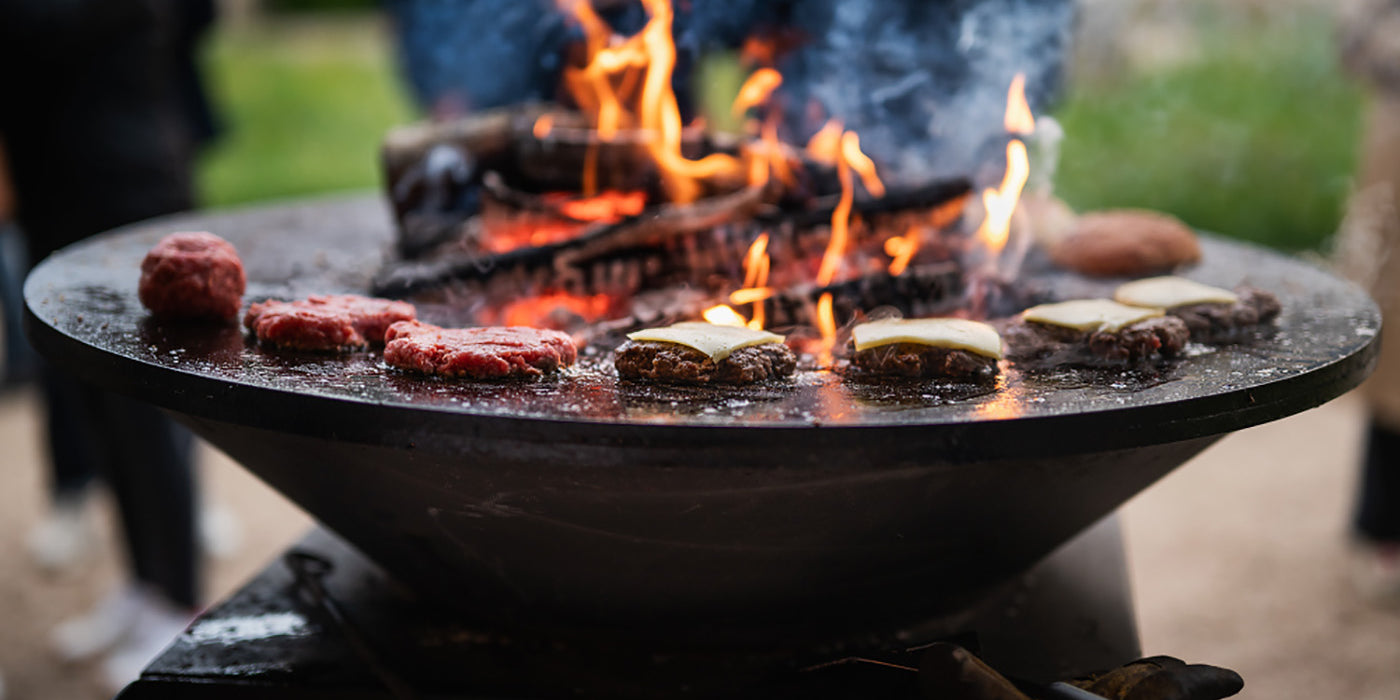At Loaris, we work according to the principles of permaculture. Working with this philosophy is not following processes already established by others to achieve your goals. Working in permaculture is a way of thinking, a path to build where the ecosystem must be considered as a whole.
Permaculture cannot be reduced to making mounds, covering the ground with mulch and making vegetable associations. It is a global reflection that must be made, around a place, a climate, taking into account human desires and needs. Sometimes this reflection takes shape through mounds, mulching and vegetable associations.

If we take the example of Loaris, we have land with a limited surface area, very wet in winter and very dry in summer. In view of these conditions, we decided to install raised beds to prevent the plants from being drowned in winter and to cover them with mulch to retain humidity during the summer drought. To respond to the limited surface and to produce in a virtuous and optimal way, we work with different combinations of vegetables. Associations in time, in space and beneficial associations.
Vegetable associations over time
Associations over time are associations that allow you to put several vegetables in a small space whose growth time and harvest date are different. The idea is to use the same growing bed for several varieties of vegetables instead of using one growing bed per vegetable. A good example might be the combination of radishes and carrots. Radishes are early season vegetables that grow very quickly while carrots will need time to develop. These vegetables can therefore be worked in the same place without getting in the way. In the garden, we often use associations of this kind with radishes. We are also working with the combination of beans and parsnips, as parsnips have a much slower growth rate than beans.

Vegetable associations in space
Associations in space are associations where each vegetable will use a different space from the other. The most well-known association of its kind that we use at Loaris is certainly that of the three sisters, an association between corn, beans and squash that the Amerindians already used. This technique is simple: by pushing vertically, the corn will drag the bean with it in height and serve as a stake. The squash will be able to use the free space on the ground. Thus, three vegetables on the same surface can be harvested. Using the same principle, we grow corn and cucumbers, corn and courgettes or spring onions and celery together.

Associations of so-called beneficial vegetables
Although all associations are beneficial in one way or another, this type of association is characterized by the reciprocal benefits that vegetables bring to each other during their growth. At Loaris, we particularly work on this type of association with legumes. Legumes have the ability to enrich the soil with nitrogen to act as a natural fertilizer and allow better growth of other crops. The combination of beans and parsnips mentioned above is a good example of this enrichment.
Speaking of so-called beneficial associations, there is a much simpler benefit that we use a lot which is shadow creation.Vertical crops such as corn or sunflower create shade for vegetables that should not receive excessive sunlight

All these associations allow us to produce many vegetables in a virtuous way and without any input on a limited surface. These vegetables, harvested from living soil, are then sold directly to local professionals and individuals at our Cellier in Pommard.
Léo Plassard
.









